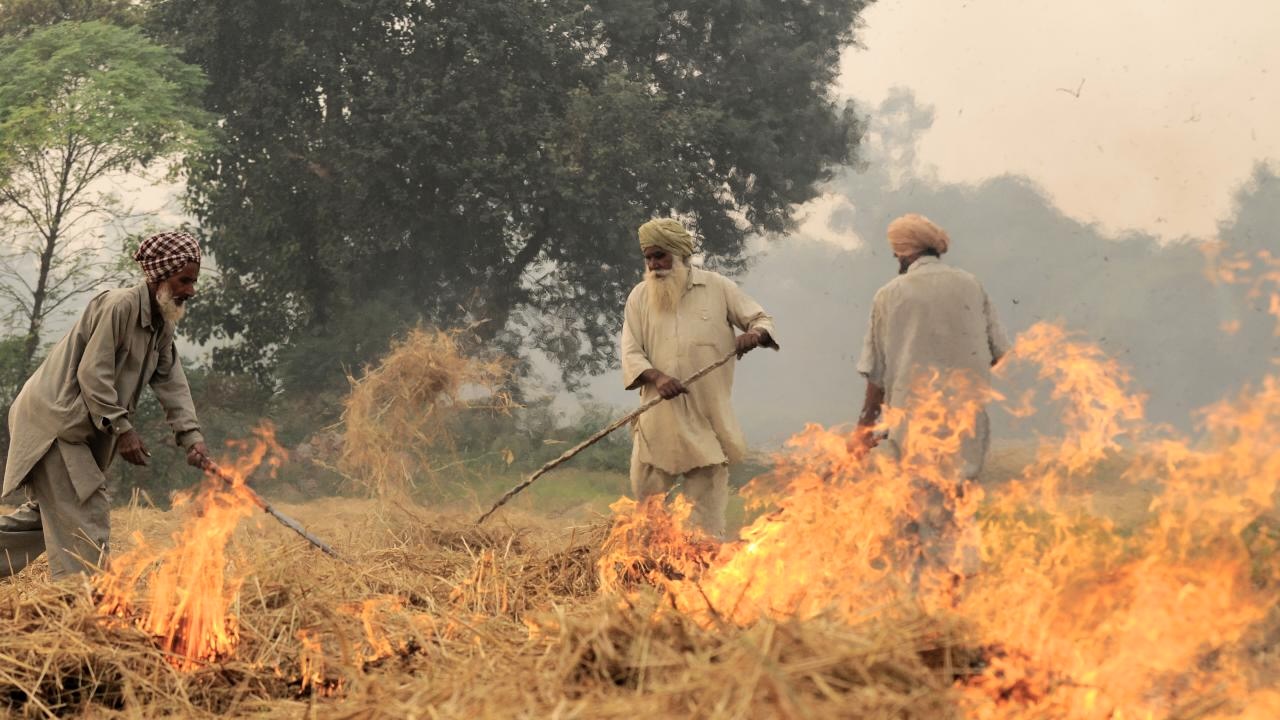As India heads towards crucial elections, reports and videos of angry farmers in the States of Punjab and Haryana chasing away candidates of the ruling right-wing Bharatiya Janata Party (BJP) and its allies have gone viral on social media. Why are the farmers so angry? It’s not just about the repression they faced as they peacefully protested against the now repealed farm laws, or demanded legal guarantee for MSP (minimum support price). It’s much more.
Let’s look at the plight of farmers and some broken promises during the 10 years of the Narendra Modi government as chronicled by the ‘Farmers’ Report Card’ prepared by Financial Accountability Network India (FAN India), a collective of civil society organizations, unions, people’s movements, and concerned citizens.
In 2014, Prime Minister Narendra Modi had promised that his government would procure farmers’ produce at an MSP that was at least one-and-a-half times the comprehensive cost of production as per the formula proposed by the MS Swaminathan Commission. In 2016, Modi had promised to “double farmers’ income by 2022.
But the reality on the ground is different. “The 77th round of Situation Assessment Survey of Agricultural Households released in 2021 shows that the estimated monthly income of farm households in 2018-19 was merely Rs 10,218 (USD 122.3) per month in nominal terms. This is nowhere close to the supposed target of Rs 22,610 (USD 270.5) per month,” said the FAN-India report card, based mainly on government documents and available figures.
The report also noted the government’s silence on the Market Intervention Scheme and Price Support (MIS-PSS), that ensures MSP-based procurement in the country. “The scheme saw a drastic cut over the last two years,” said the report card.
Highlighting that the MSP for the Kharif agricultural season (June-November) 2023-24 announced on June 7, 2023 was neither “fair nor remunerative,” the report card said that rather than “doubling farmers’ incomes,” rising input costs coupled with unfair MSP are pushing large sections of the farmers especially, the small, marginal, and middle farmers, as well as tenants, into indebtedness.
The Modi government has claimed that the percentage of indebted farmers had reduced from 52% in 2013 to 50.2% in 2019. But is this really the case? From 2014 to 2022, as many as 1,00,474 farmers committed suicide, as per the recently released National Crime Records Bureau report.
“This amounts to nearly 30 suicides per day in these nine years. Empty rhetoric, failing schemes and inadequate allocations are pushing the “annadatas” [food-givers] of our country into deep despair. The haunting surge in farmer suicides under this regime is symptomatic of systemic neglect,” said the report card.
In the second term of the Modi regime — 2019-2024 — the total farmer suicides increased in absolute numbers from 10,281 to 11,290, according to government figures given out by the Ministry of Statistics and Program Implementation.
“Within this, the rise in the number of suicides among agricultural workers seems to be much sharper, from 4,324 to 6,083 i.e. 41%. Maharashtra, with the ill-fated regions of Vidharbha and Marathwada, yet again witnessed the worst situation,” the report card added.
Other promises made by the Modi regime included the revamp of Food Corporation of India, taking agricultural exports to $100 billion by 2022-23, setting up an agri-rail network for perishable agri produce, and pension of Rs 3,000 (USD 36) for small and marginal farmers, among others.
A reality-check by FAN-India shows that public expenditure (in relation to total budget spending) on agriculture as well as farmers’ welfare has been consistently falling.
“The growth rate of real wages between 2014-15 and 2021-22 has been below 1% per year across the board, including for agricultural labor. The impact is clear in alarmingly low rural demand, which constitutes nearly 36% of FMCG sales,” the report card said.
As for the rural job guarantee scheme, MGNREGA, which has been a savior for rural India, especially during the pandemic, the introduction of Aadhar-based [a biometric identity system] payment system for wages has affected 57% workers and has proved to be “exclusionary.”
“The allocation for Mahatma Gandhi National Rural Employment Guarantee Act (MGNREGA), that serves as a lifeline in such times of distress, has been dwindling over the years. It plummeted from 1.85% of the overall budget in FY 2014-15 to a mere 1.33% in FY 2023-24, representing a historical low. Last year’s allocation of Rs 60,000 crore [Rs. 1 crore= USD 119,654] marked a substantial 33% decrease from the previous year and was only 0.198% of the total GDP,” says the report card.
On the much-hyped Pradhan Mantri Fasal Bima Yojana [a crop insurance scheme], the report card notes that the allocation of Rs 14,600 crore has mainly flowed into the pockets of insurance companies, not farmers. For example, “only a small sum of Rs 3,878 crore was paid in claims to 780,000 lakh farmers during Rabi [October-June agricultural season] 2022-23,” it added.
On credit to farmers, the report card noted that more and more loans were being given through urban and metropolitan branches of banks (almost 1/3rd of the total loans), than the rural branches.
“As admitted here, the government has not provided any zero per cent interest loans up to Rs. 100,000 [USDS 1196] to farmers as promised in its 2019 manifesto.”
With climate change and extreme weather conditions ruining the agrarian economy, the farmers have been struggling against rising financial burdens, input costs, and rising inflation among others. The report card calls for a fundamental shift in policies if “we are to rectify this dance of death” in India’s villages, which also explains the rising anger of the farming community coming to the fore during general election campaign.
This article first appeared on NewsClick.





